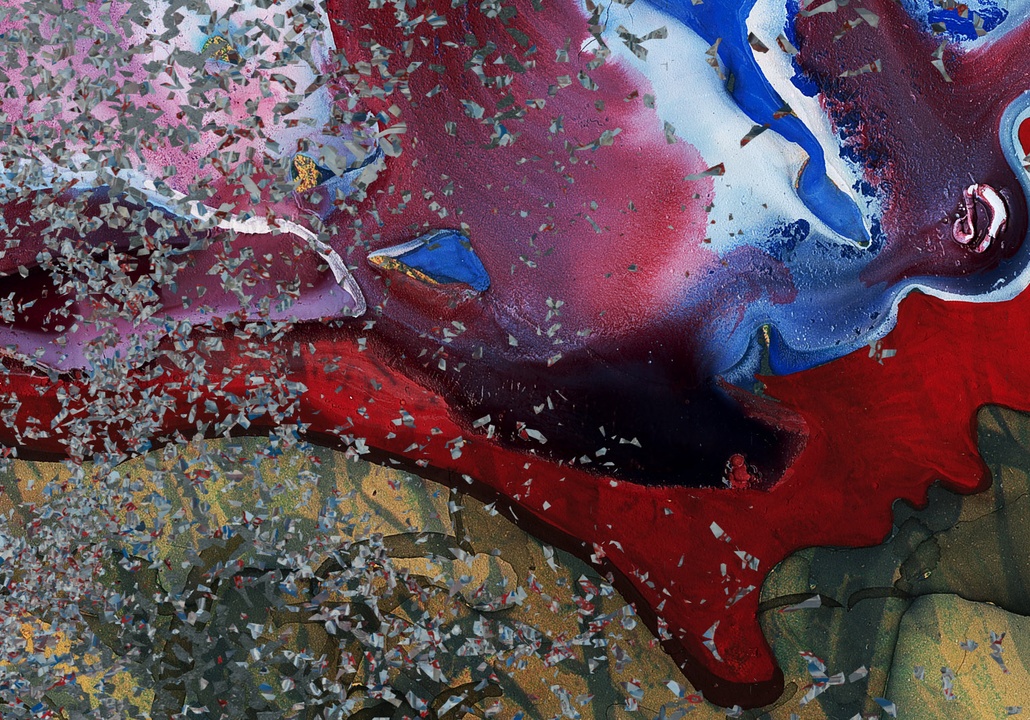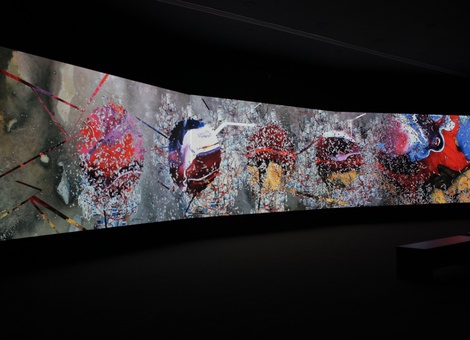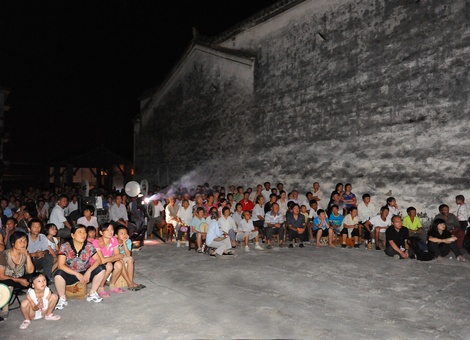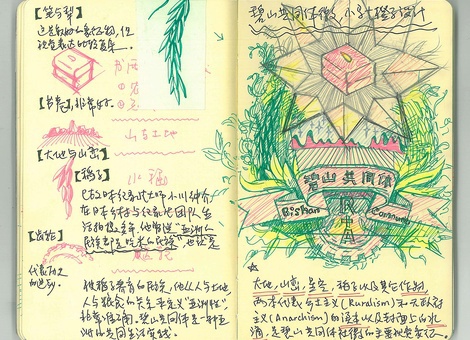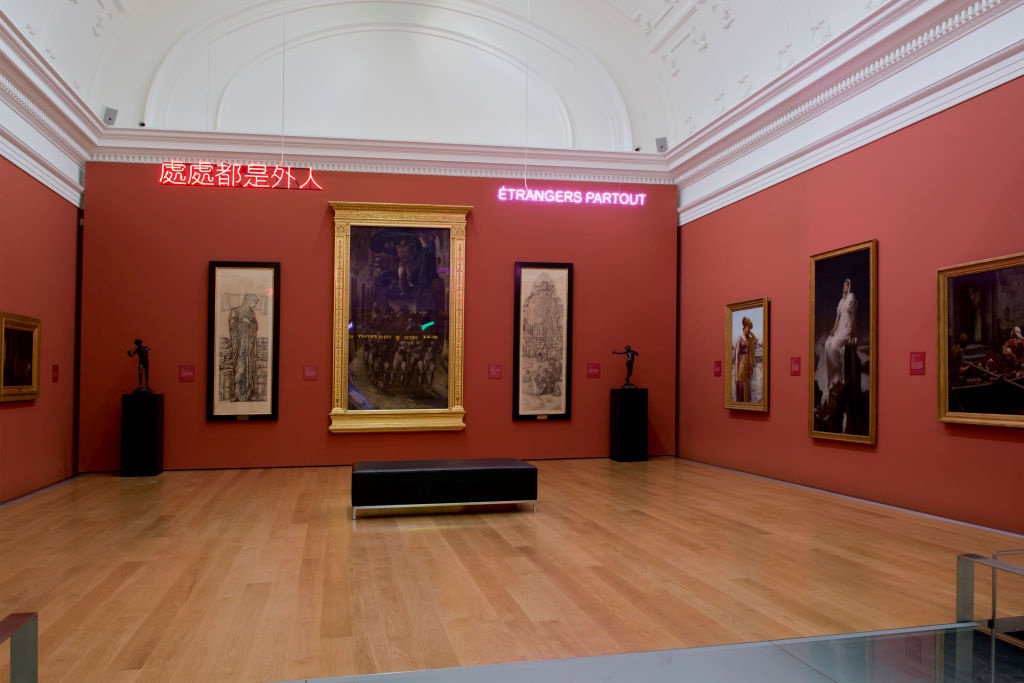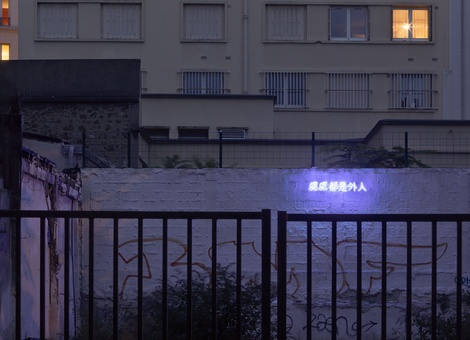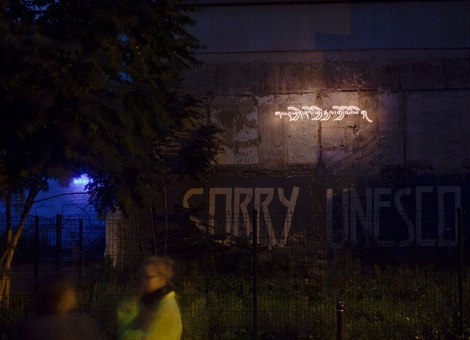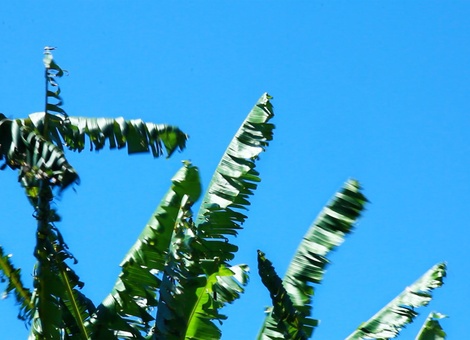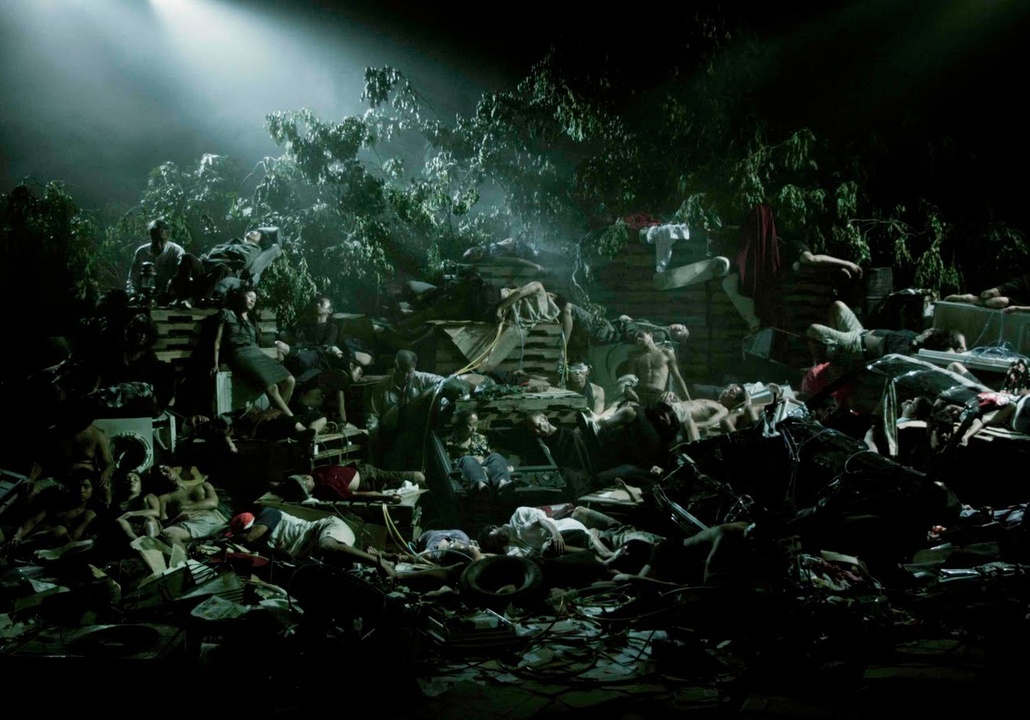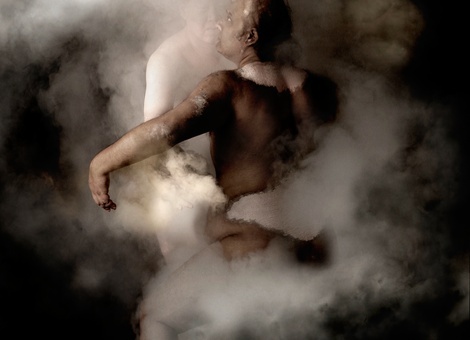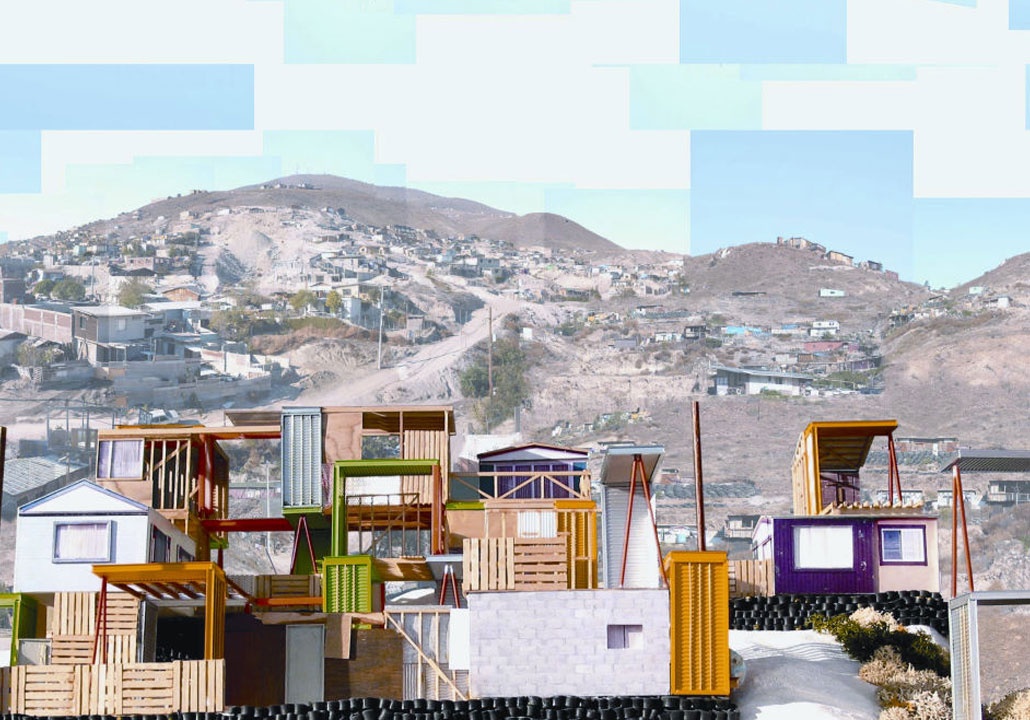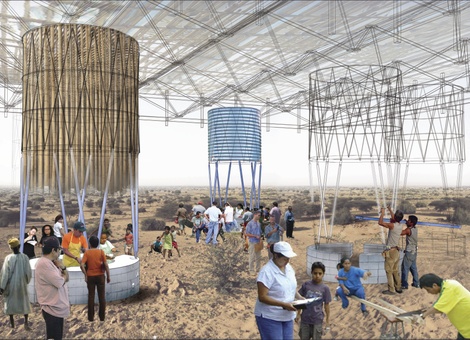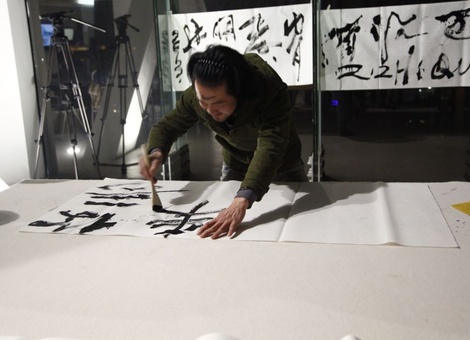Yto Barrada
Venue

Libellule bleue (Blue Dragonfly), 2009/2011
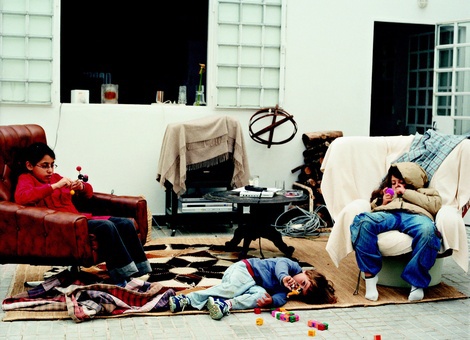
Le salon (The Living Room), 2008/2011
Born 1971, Paris, France
Lives and works in Tangier, Morocco
Yto Barrada’s art reflects her experiences of living in Tangier, and the realities and struggles of life in a city undergoing rapid development and modernisation. Her photography captures the quiet dramas that play out when the diversity of local people and wildlife give way to the mono-cultural visions of planners and developers. Barrada’s work reveals a ramshackle kind of modernity and the existential issues of a society dominated by a desire to leave.
http://www.ytobarrada.com/
Selected exhibitions (solo):
Riffs, Deutsche Guggenheim, Berlin, 2012; The Strait Project, Witte de With, Rotterdam, 2004; Selected exhibitions (group): I Decided Not to Save the World, Tate Modern, London, 2012; Palais de Tokyo, Paris, 2012; 54th Venice Biennale, 2011; Hand Me Downs, film screening at MoMA, San Francisco, New York, 2011.
‘Barrada likens her multifaceted practice to a stack of Russian dolls, where one piece fits into another and another still.’
Kaelen Wilson-Goldie, independent writer and critic, Beirut.
Tunnel – Ancien chantier d'étude de la liaison fixe Maroc-Espagne
2013
Artspace(Tunnel – Disused Survey Site for a Morocco-Spain Tunnel), Tanger 2002
c-type print
800 x 800 mm
Restaurant, Villa Harris, fig. 2
2010
Artspacec-type print
1250 x 1250 mm
courtesy of the artist and Sfeir-Semler Gallery, Hamburg
